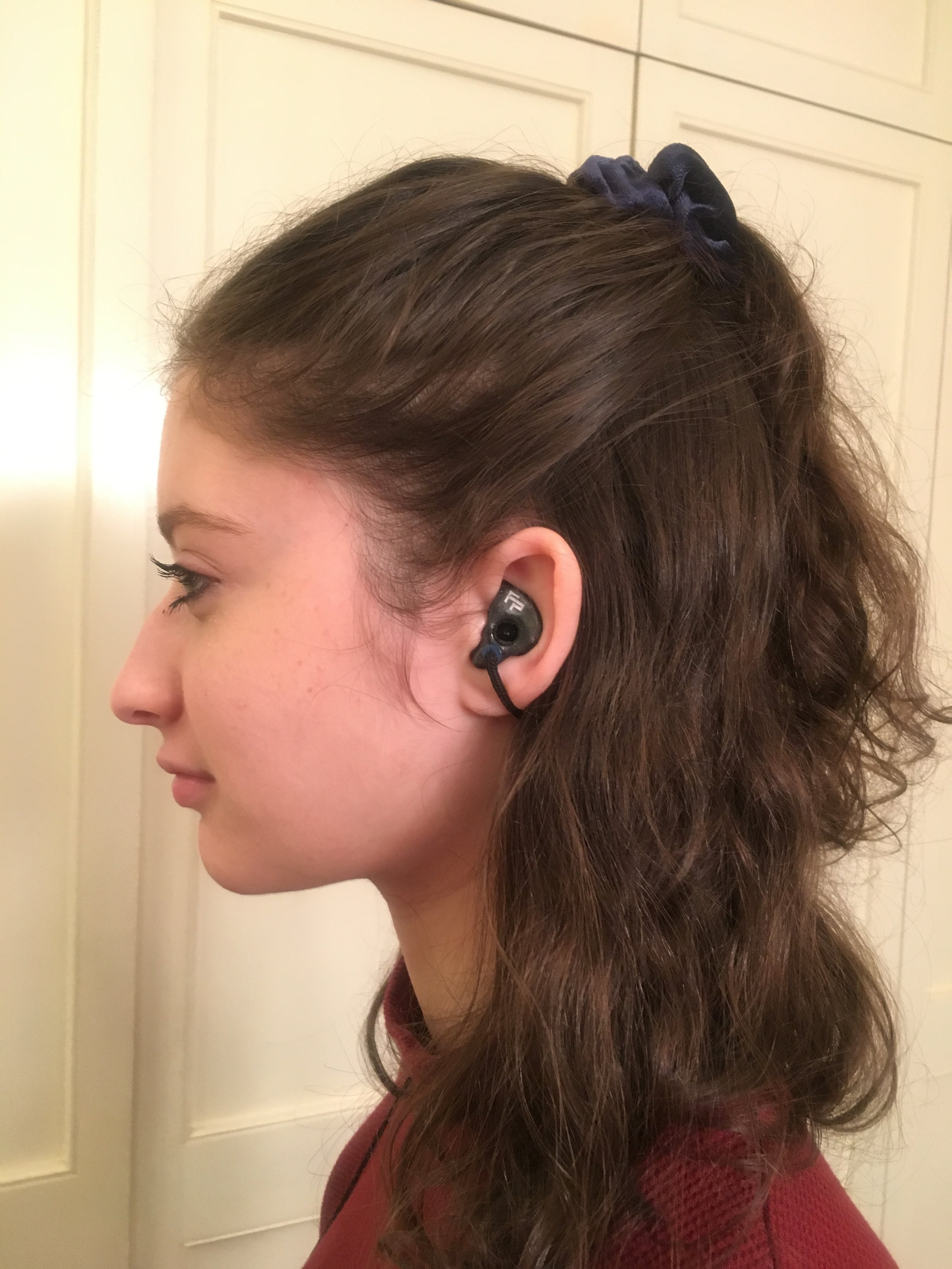Everyone knows that loud noise can be very damaging to hearing. When one thinks of jobs where people will suffer hearing damage most don’t think of Classical Musicians. Yet some forty percent of musicians will suffer some type of hearing loss. Brass woodwind, and percussion musicians are the most at risk with noise levels in excess of 85 decibels on a regular basis. Certain pieces like Tchaikovsky 1812 Overture can have the percussion section mimicking cannon fire with noise levels of 135 decibels to match.
Sound exposure varies significantly across the orchestra from musician to musician according to position, repertoire, and instrument played, with horn players thought to be one of the most at-risk groups. French horns are also often used to play loud fanfares while in classical orchestras horn players are seated side by side in the midst of the brass section. It is one of the most rousing instruments in the orchestra, used to create soaring fanfares and powerful harmonics. One of the reasons I love it so much.
For French horn players, like myself, the very shape of the instrument with its distinctive curve which can direct sound levels back toward the player’s ear is partly responsible for increased risk of hearing loss. French horns can reach noise levels of up to 106 decibels.
Noise induced hearing loss (NIHL) is totally preventable. But if the point of the activity is deliberately creating sound then it becomes significantly more difficult to mitigate the effects of noise. For musicians like myself, when playing a piece like Mahler 6 with its triumphant chorale I’m not thinking about NIHL. I’m only thinking about the music and this beautiful sound we are producing. Notice I did not say noise. For noise is defined as an unwanted sound.
This is where the science of acoustics comes in to diminish the impact of sound on our ears. I’ve been looking into this issue since age 15 when I first became interested in the topic after playing as part of the New York State Summer School of the Arts Orchestra in Saratoga Springs. Playing outdoors at the Performing Arts Center we played “loud and proud” so audience members could hear given the diminished acoustics of the outdoor venue. I now test and provide feedback on designs of earplugs for Fader Plugs LLC a manufacturer of adjustable noise attenuation earplugs made for musicians.
Meredith Summa of PhilHEARmonic wearing a customized pair of FaderPlugs
Education, or at least awareness of the problem is key. It is one of the reasons I started PhilHEARmonic (www.PhilHEARmonic.org). As young musicians understand the risk to their hearing, they are more likely to take preventive measures. For example, the Royal Academy of Music has introduced a strategy to inform students about NIHL. Approximately 10% of the students ages 18-25 now have custom molded ear plugs and another 10% of the students will purchase the ear plugs during their course of study.


